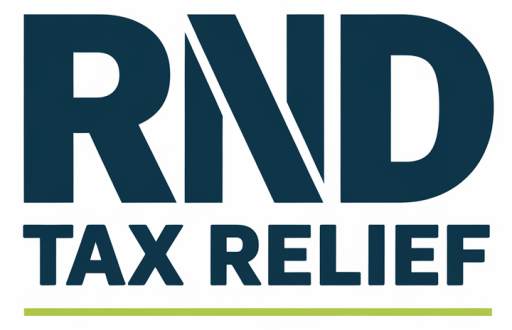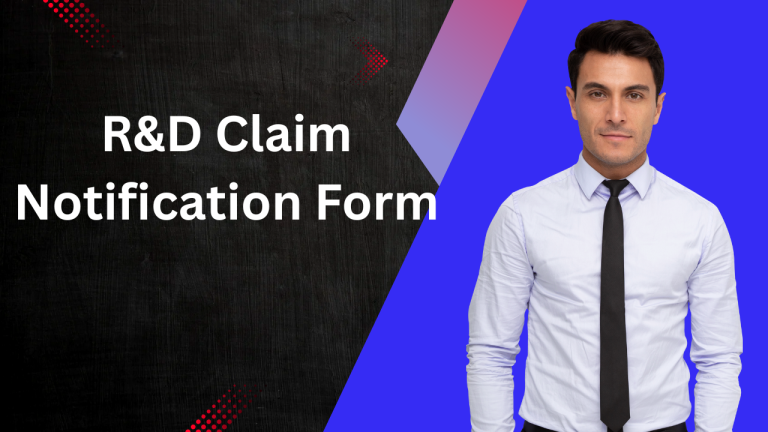How a Stakeholder Management Plan Simplifies R&D Tax Relief
Compiling an R&D tax relief claim can often feel overwhelming. From identifying eligible activities to keeping financial records accurate and up to date, many businesses struggle to get their submissions right. Without a clear process, the risk of mistakes, missed deadlines, and HMRC enquiries increases.
The good news is that there’s a way to make the process smoother. By building a stakeholder management plan, businesses can align their teams, streamline communication, and strengthen compliance — all of which help simplify R&D claims and maximise the relief available.
In this guide, we’ll explain what a stakeholder management plan is, why it matters for R&D tax credits, and how to use one effectively.
What is a Stakeholder Management Plan?
A stakeholder is anyone with an interest in your business activities. In the context of research and development, this might include:
- Internal teams such as finance, project managers, and R&D staff
- External specialists such as consultants or R&D tax advisors
- Even customers or partners who benefit from the project outcomes
A stakeholder management plan is simply a structured approach to engaging with these individuals and ensuring their responsibilities are clear. The plan sets out:
- Who is involved in the R&D claim
- What their responsibilities are
- How they will communicate throughout the process
- How progress will be monitored
By bringing everyone together under a single framework, businesses can reduce confusion, improve collaboration, and achieve better outcomes when claiming R&D tax relief.
Learn more about R&D tax relief
Why R&D Tax Relief Needs Stakeholder Collaboration
Submitting an R&D claim isn’t just a finance task. It requires coordination across multiple departments and often external advisors. The main stakeholders typically include:
- Finance teams – responsible for tracking eligible costs and maintaining records
- Project managers – overseeing delivery and aligning project outcomes with the claim
- R&D teams – documenting technical details of qualifying activities
- Consultants/advisors – guiding compliance and preparing submissions
Without collaboration, claims can suffer from missing information, inconsistent documentation, or errors that may trigger additional scrutiny from HMRC.
A stakeholder management plan ensures everyone involved understands their role, works to the same timeline, and contributes to a robust, compliant claim.
Key Elements of a Stakeholder Management Plan for R&D Tax Relief
A well-designed stakeholder management plan has four core elements:
1. Identifying Stakeholders Early
Map out all individuals and teams who play a role in your claim — from finance and R&D to external advisors. Early identification prevents duplication and ensures nothing is overlooked.
2. Clear Communication Strategy
Decide how and when stakeholders will communicate. Project management tools, regular check-ins, and shared documentation can keep the claim process on track.
3. Assigning Responsibilities
Allocate clear roles, such as:
- Finance team → compile eligible costs
- R&D team → record technical progress
- Advisors → draft and review technical narrative
4. Monitoring and Adapting
Regular reviews allow teams to adapt the plan to new challenges, updated HMRC guidance, or changes in project scope.
For a detailed breakdown of eligible costs, see our guide to R&D tax credits
How a Stakeholder Plan Simplifies R&D Claims
When applied effectively, stakeholder planning helps businesses:
- Unify teams around the shared goal of a successful claim
- Improve communication by providing structured channels
- Certify roles and responsibilities, reducing duplication or missed duties
- Reduce risk by ensuring compliance and full documentation
- Maximise benefits by making sure no eligible costs or activities are missed
Ultimately, this structured approach helps businesses claim more relief while lowering the chances of HMRC raising questions about the submission.
5 Practical Tips for Better R&D Claims with a Stakeholder Plan
Here are five proven tips to strengthen your claims process:
1. Identify stakeholders in advance
List everyone who plays a role in your R&D project. Include both internal staff and external R&D advisors. Early involvement keeps everyone aligned.
2. Set clear objectives
Define measurable goals such as maximising eligible costs, ensuring compliance, or minimising HMRC risk. Objectives guide stakeholder engagement.
3. Build a communication strategy
Use project management tools like Trello, Slack, or Asana to track tasks and deadlines. Regular updates prevent bottlenecks.
4. Assign roles and responsibilities
Give each stakeholder clear accountability:
- Finance → track and evidence costs
- R&D → log project activities in real time
- Advisors → compile and submit the claim
5. Monitor and adapt regularly
Review the plan at key project milestones. Adapt to policy changes, unexpected challenges, or new opportunities. This creates a culture of continuous improvement.
Real-Life Example
Consider a mid-sized UK software company developing new AI tools. Previously, their R&D claims were rushed, with poor communication between finance and development teams. As a result, they underclaimed relief and faced HMRC queries.
By introducing a stakeholder management plan, they:
- Mapped all stakeholders, including external R&D advisors
- Implemented clear task ownership for finance and technical teams
- Scheduled monthly reviews to align progress
The outcome? Their next claim not only sailed through HMRC without issue but also secured a higher tax relief value by identifying costs previously overlooked.
Get Professional Support for Your R&D Tax Claim
While a stakeholder management plan goes a long way, the R&D claims process can still be complex. That’s why many businesses choose to work with R&D specialists who can:
- Review your projects for eligible activities
- Prepare technical narratives and supporting evidence
- Ensure full HMRC compliance
- Maximise your claim with confidence
Want to simplify your claim? Book a free consultation today and we’ll help you build the right strategy for your business.
Frequently Asked Questions
What is a stakeholder in R&D tax relief?
A stakeholder is anyone with a vested interest in your R&D project, from finance teams and R&D staff to external advisors and consultants.
Why do businesses need a stakeholder management plan for R&D claims?
It ensures clear communication, reduces errors, strengthens HMRC compliance, and helps maximise claim benefits.
Who should be involved in an R&D tax credit claim?
Finance teams, R&D teams, project managers, and R&D tax advisors typically collaborate to compile a strong claim.
Can a stakeholder management plan reduce HMRC enquiries?
Yes. By ensuring roles are clear and documentation is accurate, the risk of HMRC raising questions or rejecting parts of the claim is reduced.
How does stakeholder planning maximise R&D tax relief benefits?
It prevents eligible costs from being missed, ensures all qualifying activities are included, and increases the overall claim value.






